The Last of Us Part II was finally released on June 19, 2020. And the results were mixed, to say the least. The game was mostly acclaimed by critics, and it sits at an astounding 95 on Metacritic. Critics praised the game's gameplay and technical prowess, but some criticized the illogical and trite story surrounding revenge. General players, on the other hand, were far more critical. Yes, some may cry "review bombing" pertaining to the game's inclusion of LGBT characters, but that criticism of the criticism clouds genuine...criticism.
The fact of the matter is that the story just isn't that good. These are ten plot twists that The Last of Us Part II.
10 Joel's Death
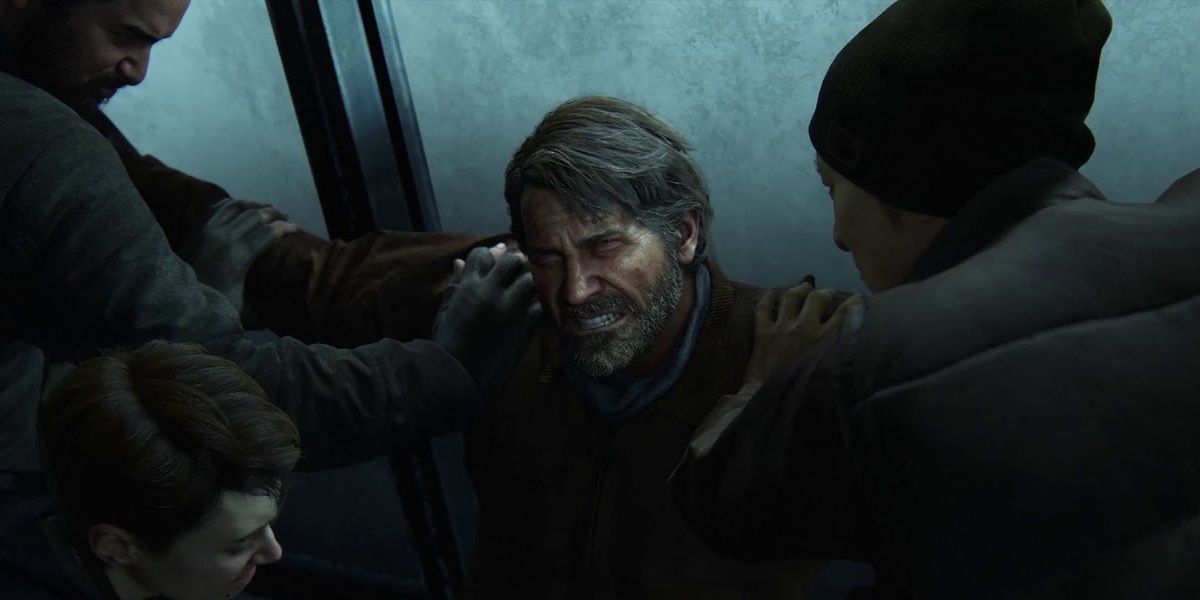
First off, the elephant in the room must be addressed. Much of the criticism surrounding the game's story pertains to Joel's death. It's not necessarily his death itself that angered players. Let's face it - sooner or later, Joel was going to die. And maybe he even deserved to die. But the game killed him off in the most hand-wavey way possible.
Not only does he go against character by identifying himself, but he's unceremoniously beaten to death by a character we had just met. Speaking of which...
9 The Surgeon's Daughter
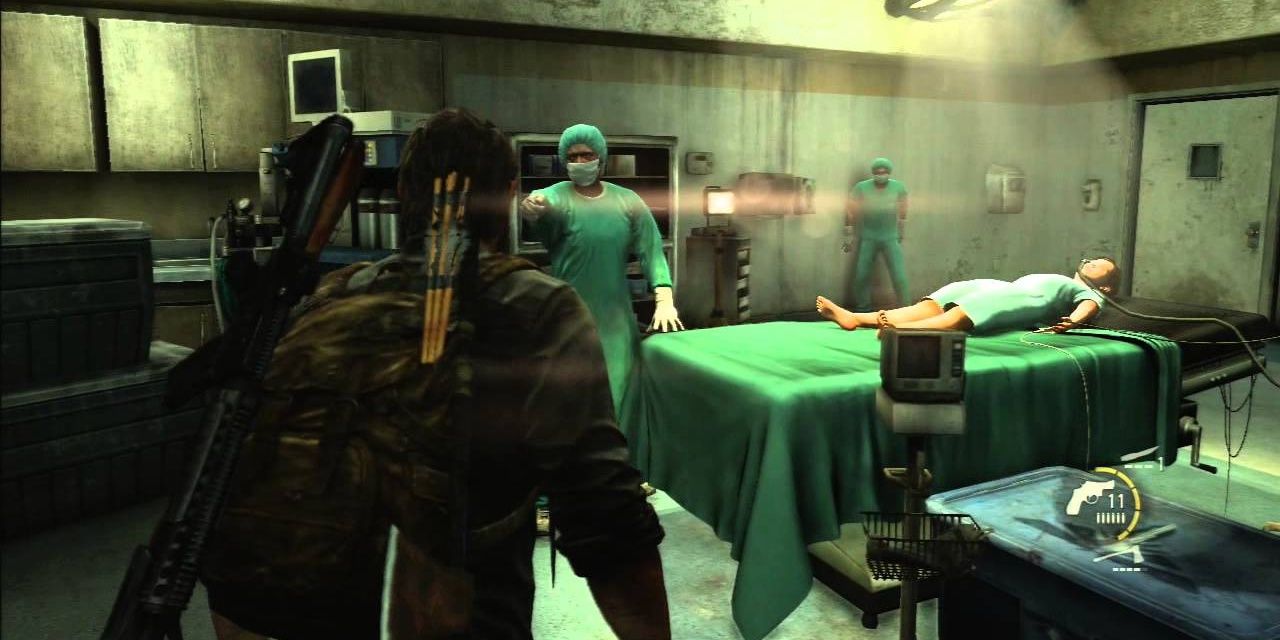
So it turns out that Abby is the daughter of one of the surgeons that Joel blew away in The Last of Us. It's this fact that causes Abby to brutally murder Joel with the golf club.
Firstly, the game expects us to sympathize with Abby and her past, but many players find Abby to be too flat and uninteresting to care about. Furthermore, this only leads to the trite "revenge is cyclical" theme of the game, and that's a theme that has been well-trod by this point.
8 Abby Meeting Joel
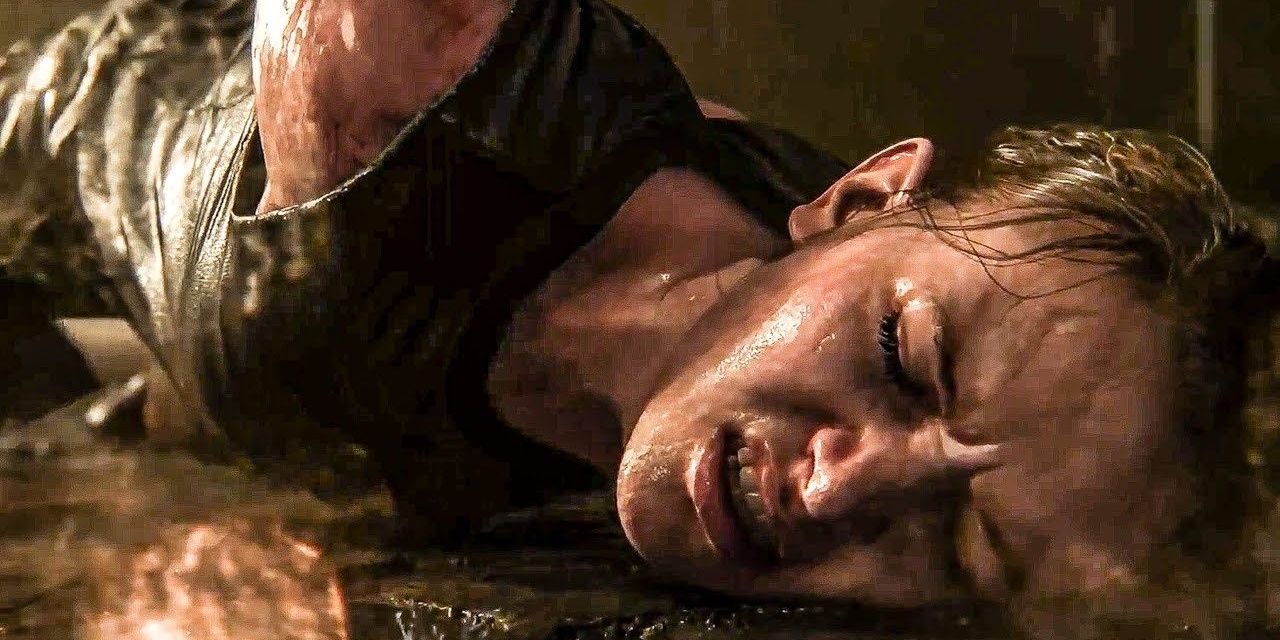
It's worth further emphasizing just how silly the whole "revenge is cyclical" thing really is. By introducing the surgeon's daughter, the game is asking us to sympathize with Abby, and it paints Joel as a villain (or at least a highly problematic anti-hero) in the process.
There's nothing inherently wrong with that. But the game is so heavy-handed in its approach that it borders on corniness. It's emotionally manipulative, and it introduces a theme that, quite frankly, many people are sick of seeing. Violence is bad, revenge is pointless. We get it already.
7 Ellie Discovers The Truth
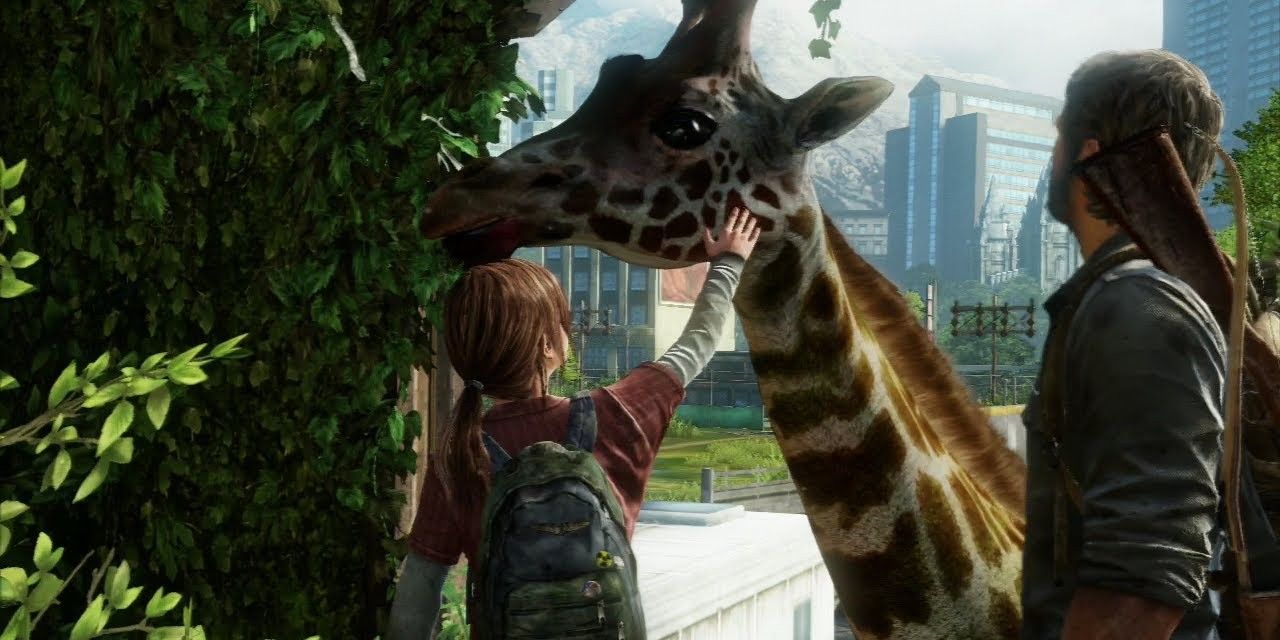
Some people were hesitant about the mere existence of a sequel.
To some, the ending to the first game was absolute perfection. Not only does Joel save Ellie (potentially depriving the world of a cure), but he openly lies to her about the situation. Ellie, in turn, probably doesn't believe him. But what does she do with that information? What does that "OK" signify? It was a beautifully ambiguous ending that was ruined by the answer - she finds out that Joel lied and got mad about it. How thoroughly uninteresting.
6 Abby's Extended Flashback
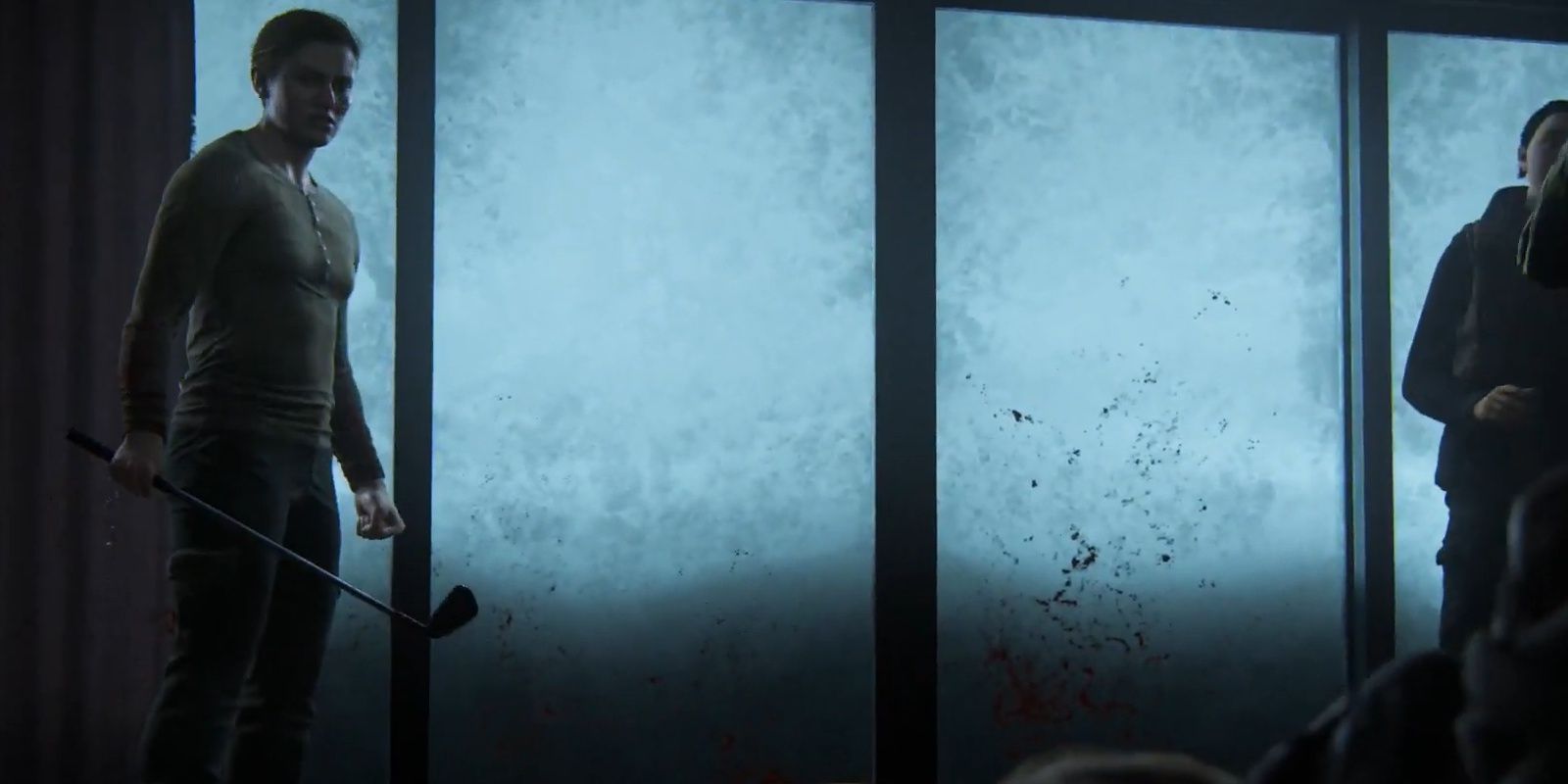
People take issue with Abby's subplot, and for good reason. Just when the action is getting good - when Abby holds the group hostage, murders Jesse, and holds Tommy hostage - we enter a flashback of Abby's that is meant to explain her actions of the past three days.
It stops the narrative dead in its tracks, and it absolutely kills the pacing of the game. It wouldn't be so bad if Abby's story was interesting. But it's not.
5 Playing As Abby
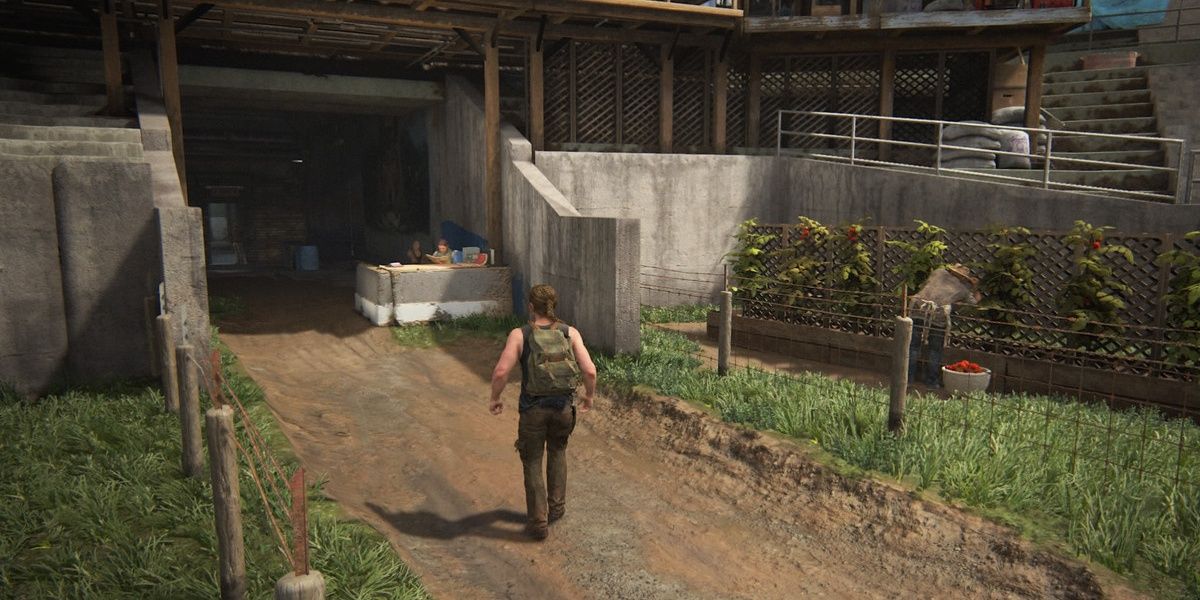
Perhaps one of the biggest twists in the game is that you play as Abby for a significant portion of the runtime. Switching protagonists in a story-driven game is an enormous risk. The Last of Us did it wonderfully - but Ellie was already a beloved character we had grown attached to.
The Last of Us Part II not only asks us to play as a new character, it asks us to play as a character we already despise for killing Joel. The game wants to humanize the antagonist, but it just doesn't work.
4 The Seraphites
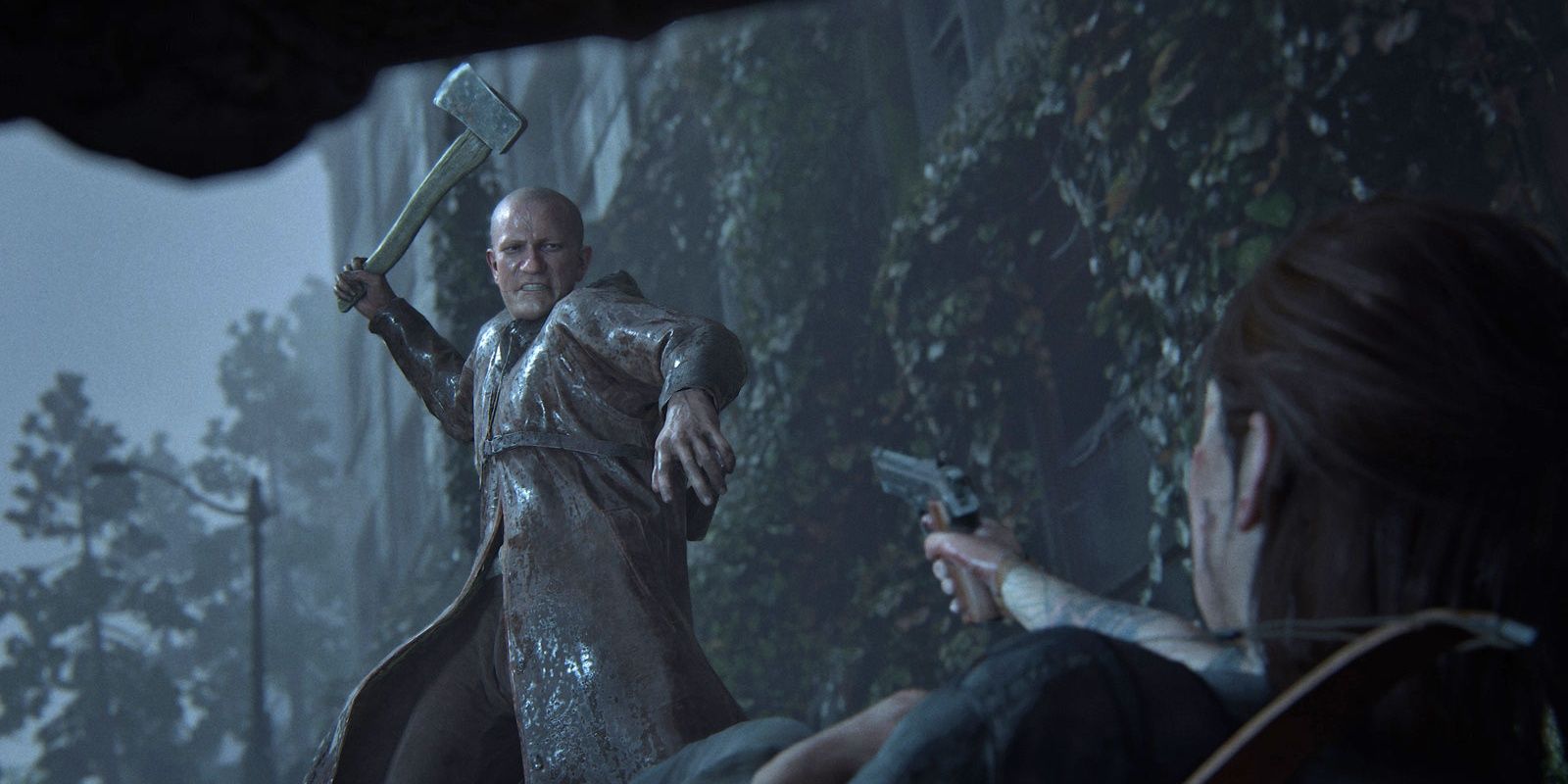
Introduced in The Last of Us Part II is a cult-like faction known as the Seraphites.
This is just another example of the game covering banal and well-trod territory. How many "end of the world" games contain a bloodthirsty cult of some type? How many creepy cults do we need in fiction, especially horror video games? Especially when they all act the same, have the same motivations, and all use cliché terms like "nested with sin?" We've seen creepy cults before. Many times. The Last of Us is better than that.
3 Ellie's "Normal Life"
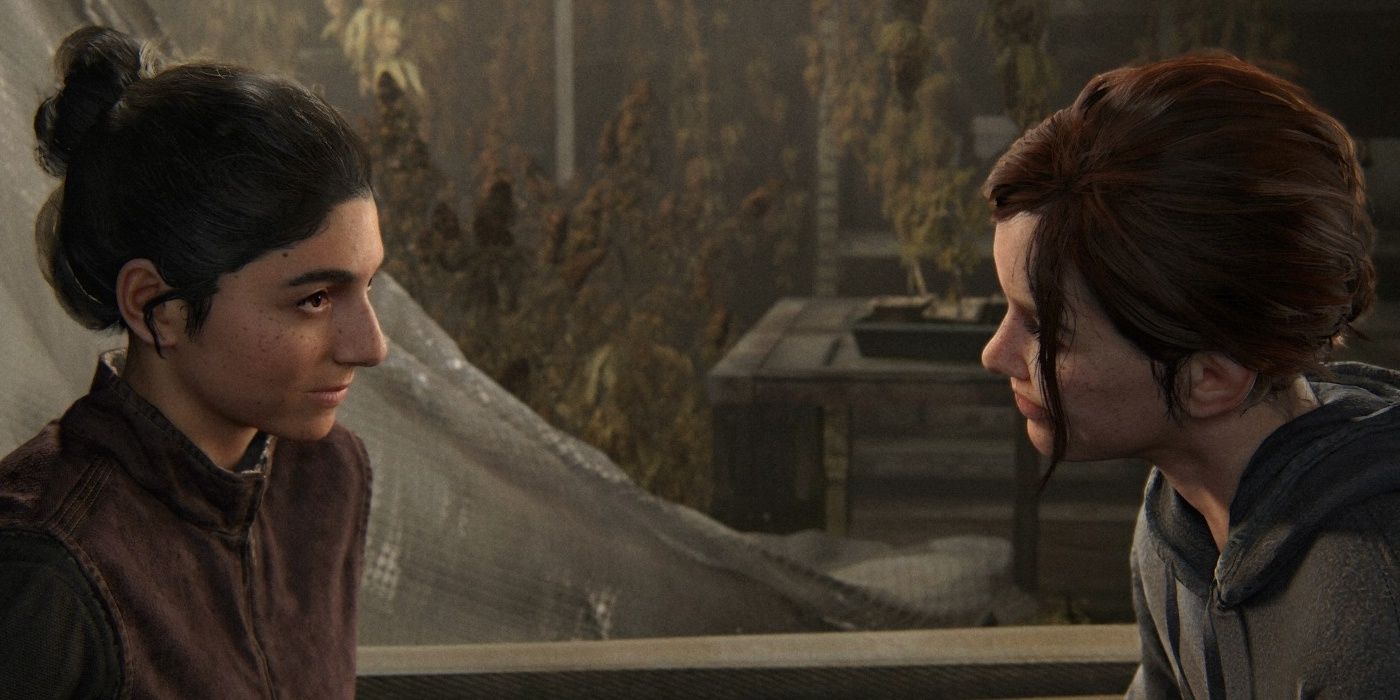
After the mess with Abby's subplot, we return to the present day, where she warns Ellie's group about hanging around Seattle. Ellie and Dina leave the city and go live on a farm to raise Dina's child.
It's a cute little moment, but it once again stops the narrative dead in its tracks. We know this won't be a happy ending, so when Ellie finally decides to take revenge, it's more of a "finally" than an "oh no."
2 Ellie Lets Abby Live
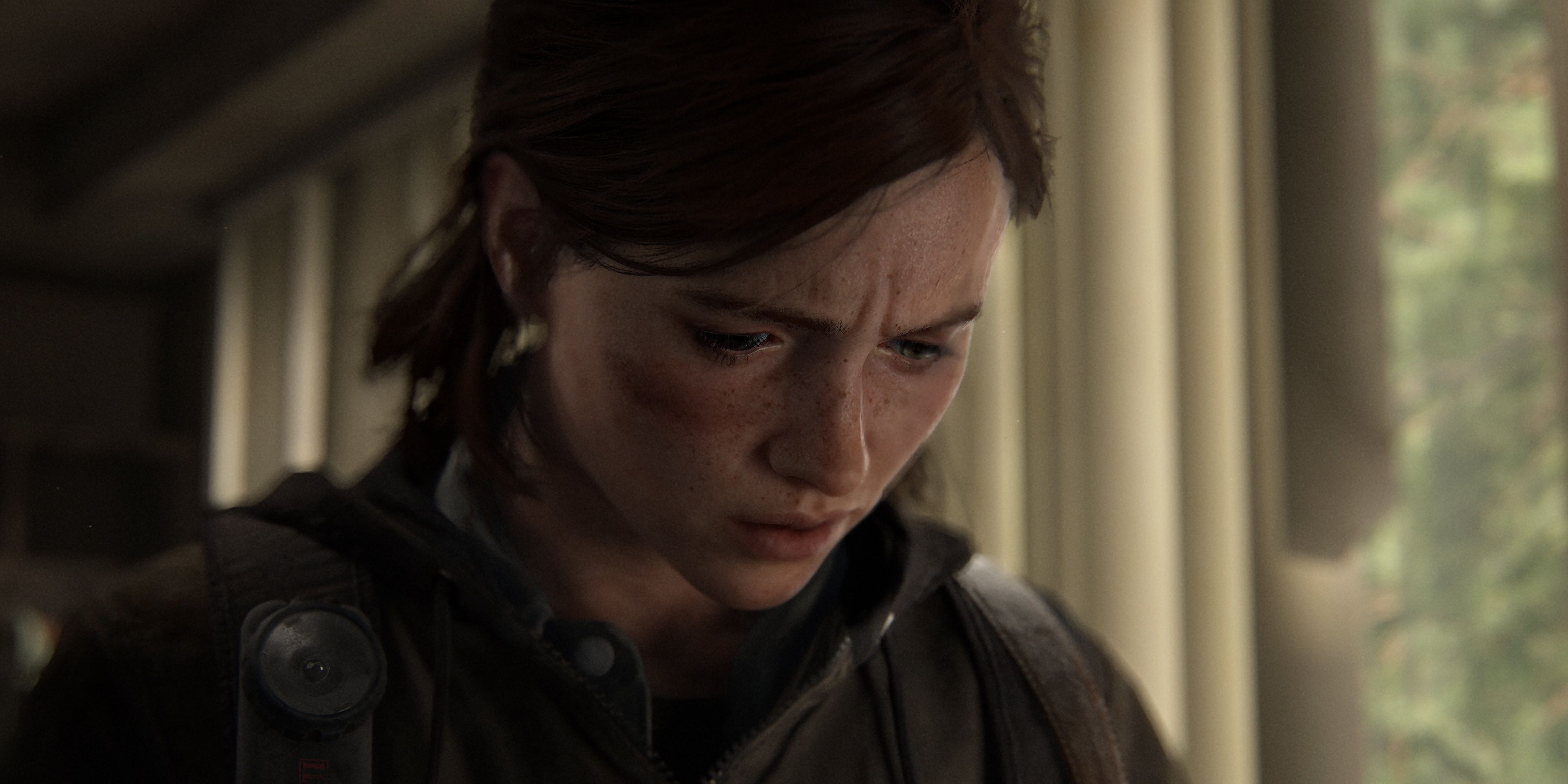
And after all this, Ellie actually decides to let Abby live - for no other reason than to serve the trite "revenge and killing is bad" theme. Ellie brutally murders hundreds and hundreds of people upon her quest.
Even pregnant women aren't safe from her bloodthirsty rage. But at the end of the day, she inexplicably decides that killing is bad and lets Abby live. It's grossly out of character, and it makes for a really boring, really cliché ending.
1 Dina Leaving
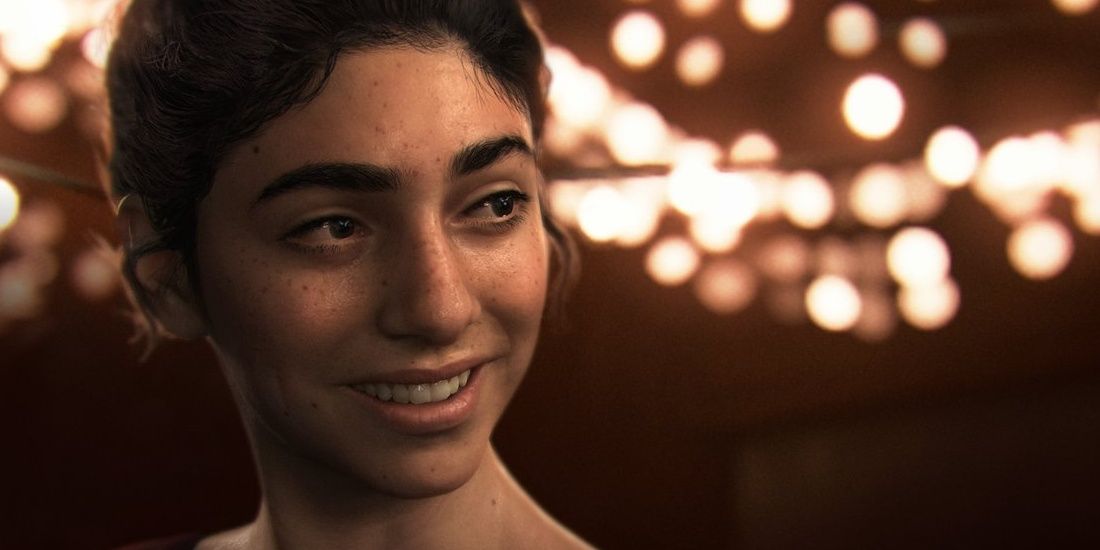
As if Ellie's sudden and inexplicable heel-turn wasn't disappointing enough, the game crushes the player one more time when Dina decides to leave, leaving Ellie traumatized and alone.
For many, this came across as insincere - as just another tragic thing for the story to do for the sake of bleakness. The Last of Us was more bittersweet than outright depressing. The sequel bombards us with torture porn, and it gets exhausting after a while.
from ScreenRant - Feed https://ift.tt/311Jnv6

0 Comments